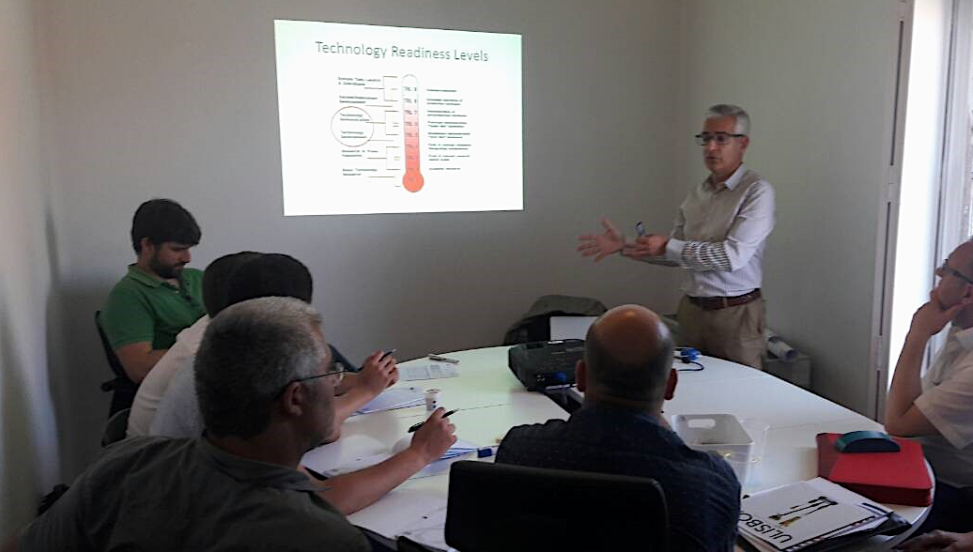Last week we received at Técnico teams of 3 projects in the proof-of-concept stage under the Erasmus+ IF4TM project. This project aims to create a framework for the development of the Third Mission of Universities in Serbia and includes 17 partners: 12 institutions from Serbia and 5 universities from the European Union.
The idea that universities have a Third Mission beyond teaching and research is recent. Its origins date back to the eighties of the last century, associated with the publication of the Bayh-Dole Act in the United States in 1980. This law assigns to the universities the intellectual property rights resulting from projects funded by the federal government. The resulting increase in the patent portfolio has led to the creation of technology transfer offices with a mission to exploit these inventions. In the absence of interested companies, the inventors themselves have created companies for this purpose, being Google an example. Through this process, knowledge created in universities is used in products that will benefit the whole society.
More broadly, the Third Mission of the university encompasses all activities connected with the Society, divided into three areas. The first is the aforementioned transfer of knowledge. The second aims to respond to the increasingly rapid technological evolution that creates a recurrent need for lifelong learning. The last area is that of socioeconomic impact, the university has a role in the economic development of the region where it is located, boosting economic activity and attracting talent.
The title of this chronicle is inspired by the article “Mission Impossible? Entrepreneurial Universities and Peripheral Regional Innovation Systems” by Ross Brown (2016), which examines the case of Scotland and the low return on public investment in the commercialization of research results. These activities do not appear to have the expected regional impact and, despite the creation of new university-based companies, they tend to remain small or to be purchased too early. In addition, regional small and medium-sized enterprises find it difficult to translate leading technologies developed in university research centers into products or services.
Why then create a Third Mission development framework for the universities of Serbia? The main reason is that there is a very considerable number of economic benefits in the informal channels established in this area. One of the most important is the contribution of the greater connection between professors and the local economy in the preparation of students for the needs of the market. Even if companies can not be the vehicle for valuing research results, they can benefit from the advice and knowledge of academics and their ability to train talents. Universities also maintain a network of talents that can circulate between research centers, existing companies and the creation of new companies. A good example is the University of Cambridge which in the 1980s gave us the ZX Spectrum from Sinclair Research and has since maintained a unique innovation ecosystem in Europe.
The visit of the university professors’ teams from Serbia to Técnico was aimed at raising the readiness level of their technologies, from the laboratory model to an industrial prototype. Having those technologies a wide range of applications, a careful selection of the initial market is necessary to maximize the chances of success. The first step is to identify the full potential of technology. For this, we put the teams in contact with Técnico professors to help identify the main competitive advantages. The second step is the mapping of existing patents. We have trained teams in the use of tools such as Espacenet (https://worldwide.espacenet.com/) that allow them to find all the patents related to certain keywords, their industrial application, the companies that hold them and the date of the request. With this information, it is possible to know the competition and get an idea of the economic potential of the technology. The third step is to identify the products or services that can be created with the technology to solve potential customer problems. For this, we train the teams in Alex Osterwalder’s “Value Proposition Design” methodology (https://strategyzer.com/books/value-proposition-design): getting to know their customers and how the product or service can reduce their pain and increase your earnings.
The mission of valuing the knowledge created in universities through technology transfer offices seems, in fact, an impossible mission. We believe that this approach of involving teachers, researchers and students will be a way to make it a mission possible.
Luís Caldas de Oliveira, @LuisCaldasO

 Português
Português